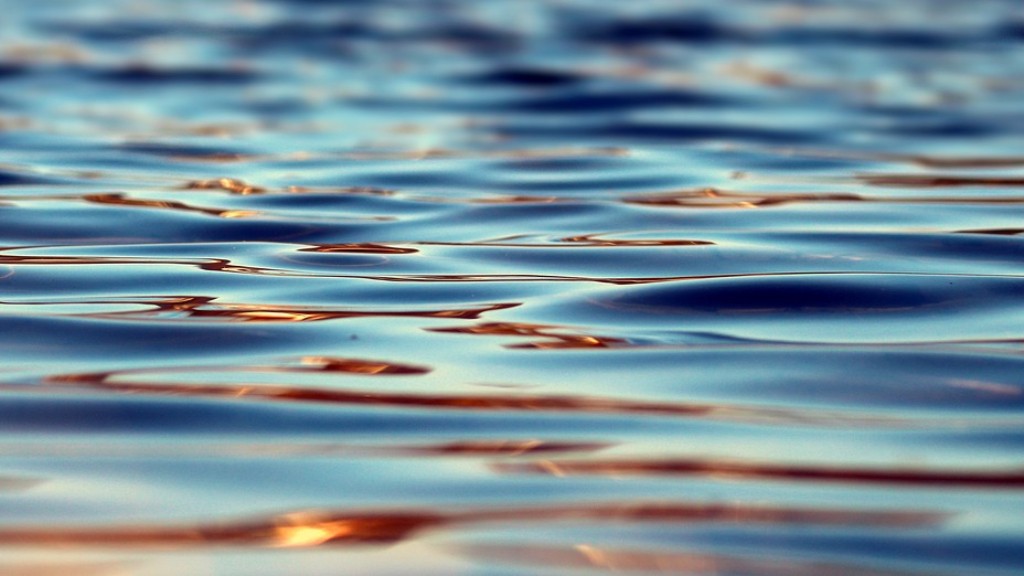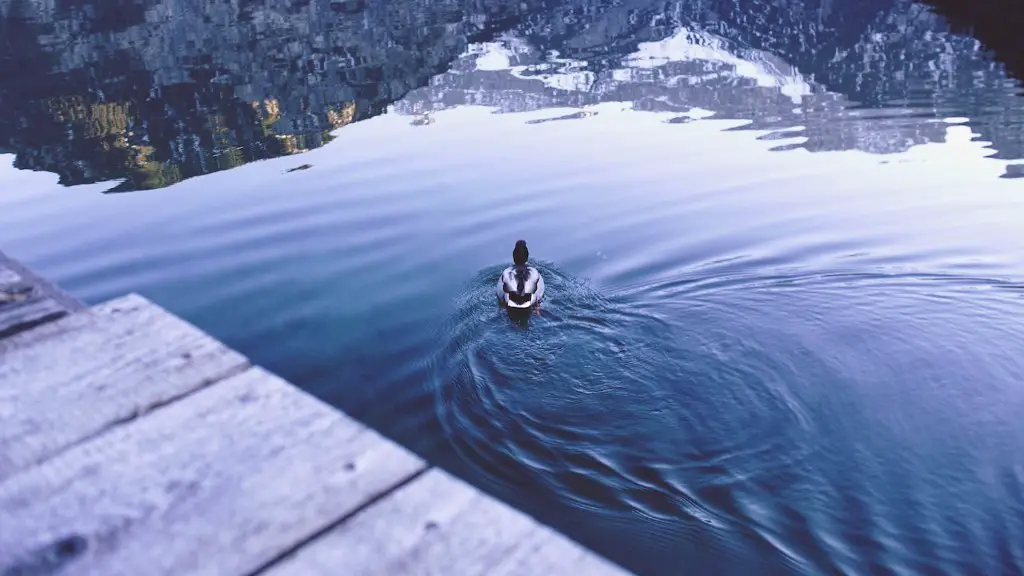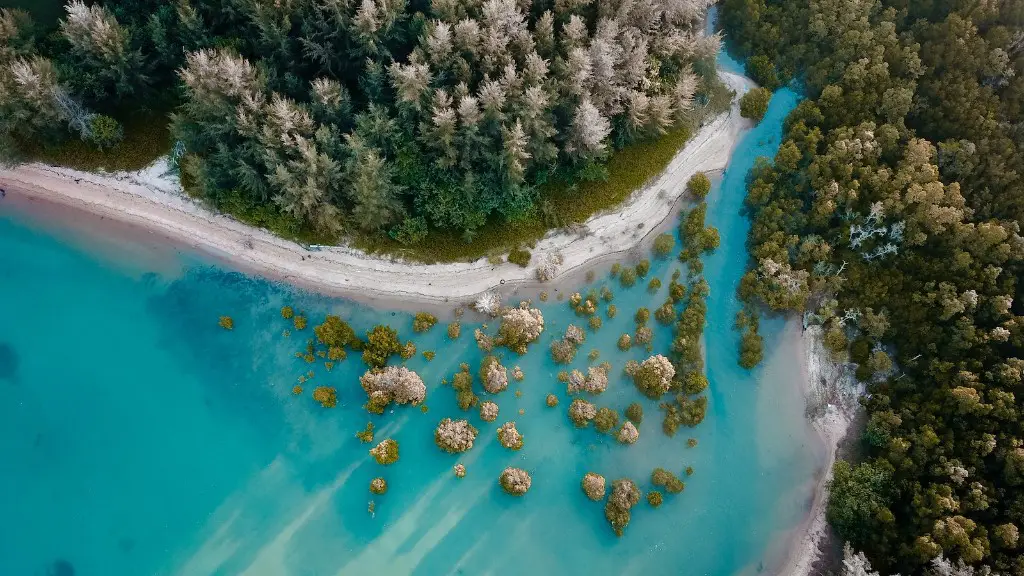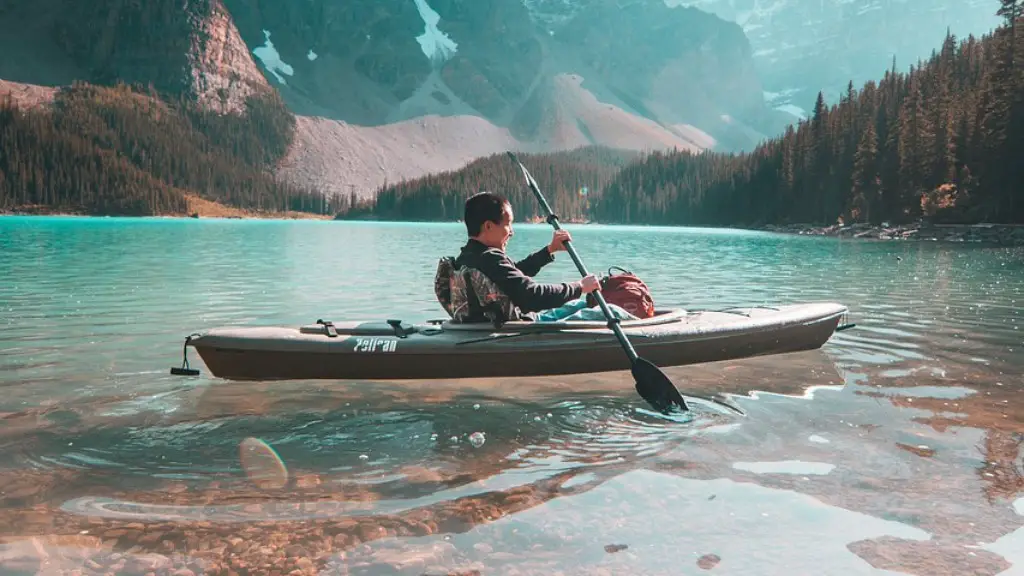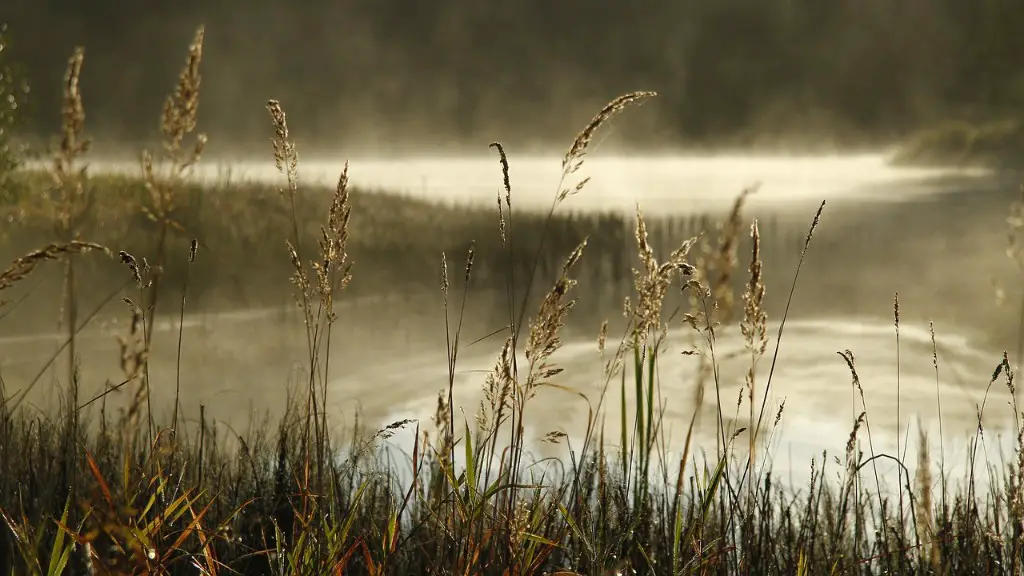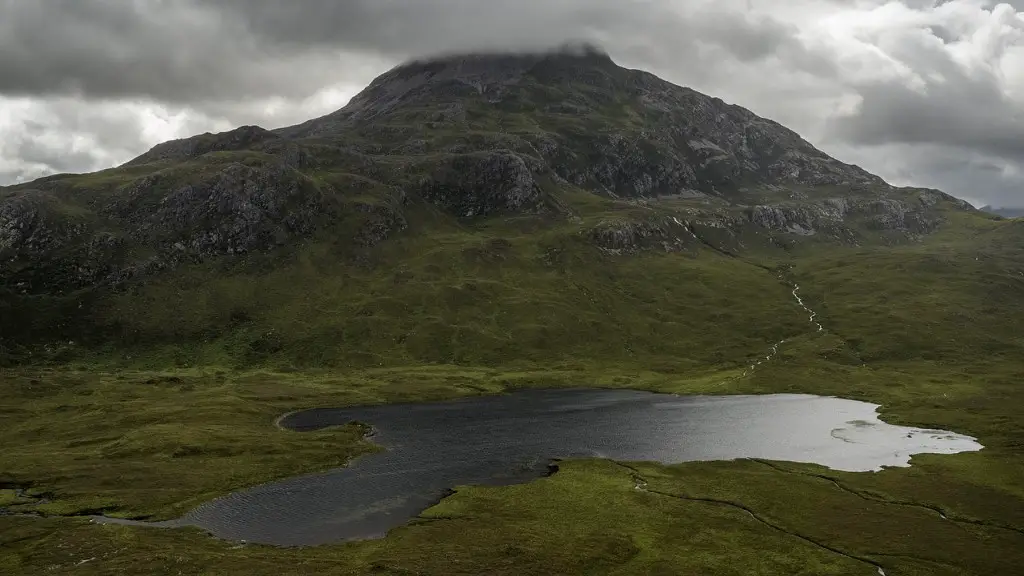Lake Malawi is one of Africa’s largest and most beautiful bodies of water. It lies in the Rift Valley system in the African Great Lakes region and spans three countries – Malawi, Mozambique, and Tanzania. With its various ecological zones, fascinating history, and array of endemic fish, Lake Malawi is an incredible source of natural beauty and a vibrant cultural hub.
It’s estimated that 1.4 million people live along the lake’s shoreline, mostly in Malawi and Tanzania, but also in Mozambique, where the lake forms the south-western corner. The lake’s total surface area is just over 30,000 square kilometers, and its maximum depth is 706 meters. It is the ninth-largest lake in the world, and the third-largest and second-deepest lake in Africa.
Malawi is an officially recognized Ramsar Site, meaning it is of significant importance to international conservation. The lake is home to hundreds of species of fish and wildlife, most of which are found nowhere else in the world. Some of these species are threatened and some are completely extinct, making the area a hotspot for conservationists.
The fish in the lake play an important part in the economies of the countries it spans. Many of the fishermen are subsistence farmers, depending on their catches to make money and feed their families. There is also a thriving industry in the small-scale commercial sale of fish, with nearly 2 million kg of fresh fish being produced each year.
Adjacent to the lake is the renowned Liwonde National Park, a stunning nature reserve where some of the rarest and most sought-after species of wildlife can be found. Activities such as bird-watching, safari rides, canoeing, and swimming, as well as village visits, give visitors the opportunity to interact with the local communities and learn more about their culture and way of life.
Despite its breathtaking beauty, Lake Malawi is increasingly facing environmental threats, with overfishing and water pollution threatening the delicate balance of the lake’s unique ecosystem. Climate change is also having a devastating effect, with water level fluctuations threatening wildlife and coastal communities alike.
The lake is of great economic, environmental, and cultural importance for the countries it spans and the livelihoods of their citizens, and it’s essential that we work to protect this unique and valuable resource.
Biodiversity of the Lake
The lake is home to an estimated 1000 species of native fish, making it the most species-rich lake in the world. Its most famous inhabitants are the numerous species of cichlids, which in some parts make up to 95% of the fish biomass.
The lake supports a wide range of birds as well, including Fish Eagles and Pelicans, while Liwonde National Park boasts over 550 species of birds – around a quarter of the country’s total. The diverse landscape of the park also hosts mammals such as hippos, elephants, buffalo, and several primates.
The lake plays an important role in biodiversity. It is home to several endemic species, and its larger and deeper bodies of water create ideal habitats for fish and other aquatic life.
The lake is also resource for medicinal properties and has been used for centuries by locals for its healing properties, from which traditional medicines are made.
Threats Facing Lake Malawi
Climate change is a major threat to Lake Malawi, with rising temperatures and changing rainfall patterns leading to reduced water levels and more frequent and severe droughts. This in turn has led to decreased fishing yields, making sustainable fishing practices even more important.
Overfishing is also a major cause of concern, with the lake increasingly subjected to heavy fishing pressures from both the local fishing industry and recreational fishing. Illegal and unsustainable fishing practices are putting enormous strain on the fish populations in the lake, leading to declines in both quantity and quality of fish.
Pollution is another major threat to the lake. Runoff from farming, untreated sewage and industrial waste, and illegal fishing activities are causing contamination of the water, which in turn is affecting the delicate balance of the lake’s ecosystem.
In order to protect this essential resource, more must be done to mitigate the impacts of climate change, regulate fishing activities, and combat water pollution. Conservation efforts must focus on protecting the lake and its biodiversity, restoring the lake’s health, and improving the livelihoods of those who depend on its resources.
Wastewater Management
Managing wastewater is paramount to the protection of Lake Malawi, as the lake is vulnerable to pollutants released into its waters. Proper wastewater management is essential to ensure the health and vitality of the lake and its surrounding ecosystems.
Wastewater treatment facilities should be set up in order to ensure that any wastewater released into the lake is properly treated, particularly in areas where the lake is most vulnerable. This would help reduce the strain on the lake from pollutants, as untreated waste is one of the major causes of water pollution.
In addition to this, measures should also be taken to reduce the amount of wastewater being released into the lake. This includes limiting the use of fertilizers and pesticides, enforcing regulations on fishing and mining activities, and reducing runoff from agricultural areas.
Through proper wastewater management, we can help ensure the Lake Malawi is protected from pollution and its ecosystems remain healthy and vibrant.
Maintaining Healthy Water Quality
Maintaining healthy water quality is essential to the protection of Lake Malawi and the sustainability of its ecosystem. This involves monitoring the lake’s water quality, identifying pollutants, and managing the sources of pollution, in order to prevent the lake from being further degraded.
Monitoring should be focused on specific parameters, such as nutrient levels, pH, temperature, and heavy metal contamination. Regular testing and analysis should be done to ensure that water quality is being maintained and pollutants are being identified and managed.
In addition to this, efforts should also be taken to reduce the amount of pollutants entering the lake. This includes reducing runoff from agricultural areas, limiting the use of fertilizers and pesticides, and enforcing regulations on fishing and mining activities.
Through proper water quality management, we can help ensure that Lake Malawi is healthy and its ecosystems remain resilient.
Protecting Endangered Species
The lake is home to numerous species of fish and wildlife, some of which are endangered or threatened. It is essential that efforts be made to protect these species, in order to ensure their survival and the health and vitality of the lake’s unique ecosystem.
One of the most effective ways of doing this is to reduce human interference. Fishing activities should be carefully monitored and controlled, and areas where species are particularly vulnerable should be highlighted and protected.
In addition, efforts should be made to restore and protect habitat. This includes restoring wetlands, improving the water quality of rivers and streams, and planting trees near rivers and lakes to provide a natural refuge.
Through habitat conservation and protection, we can help ensure that endangered species can thrive and the Lake Malawi remains healthy and vibrant.
